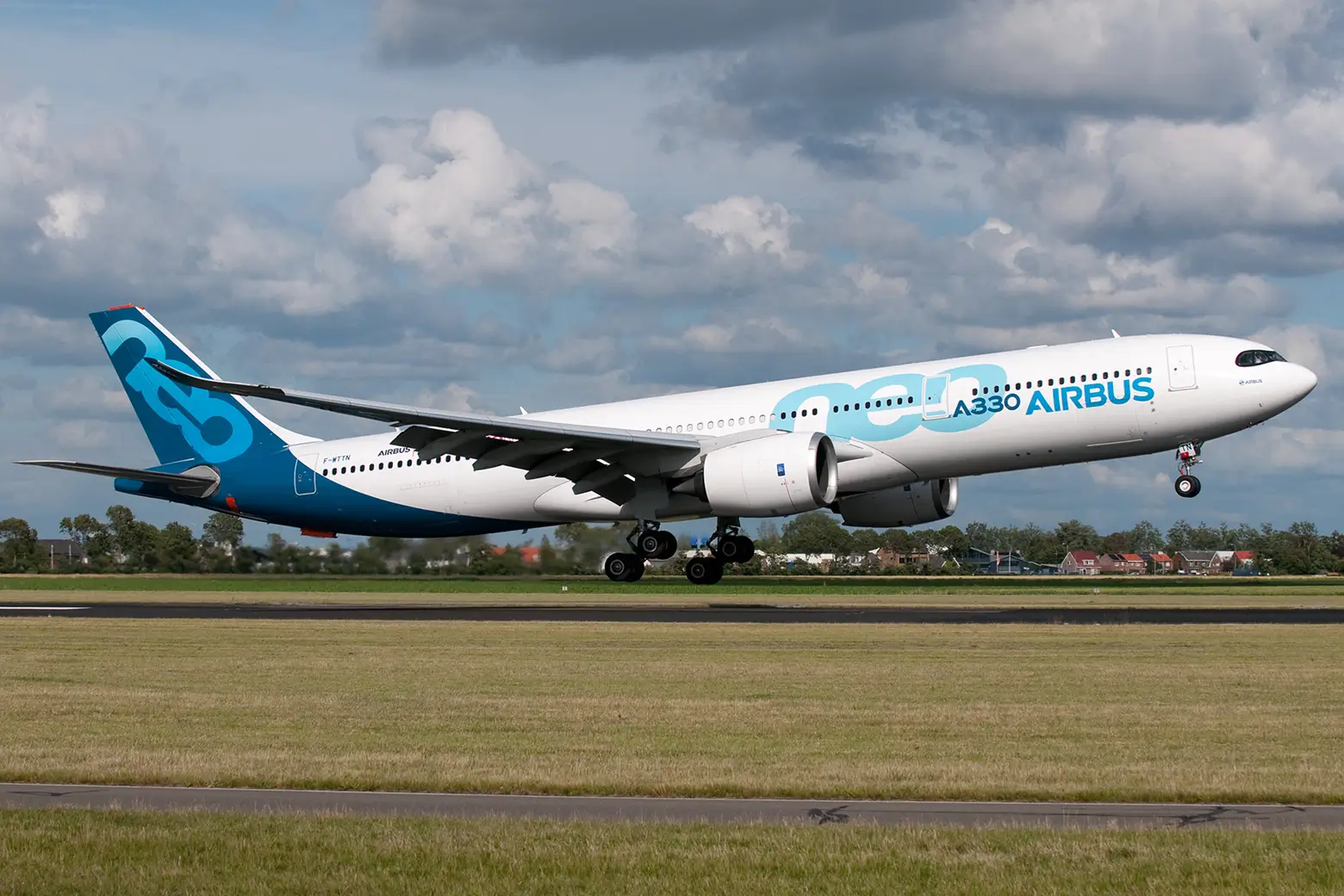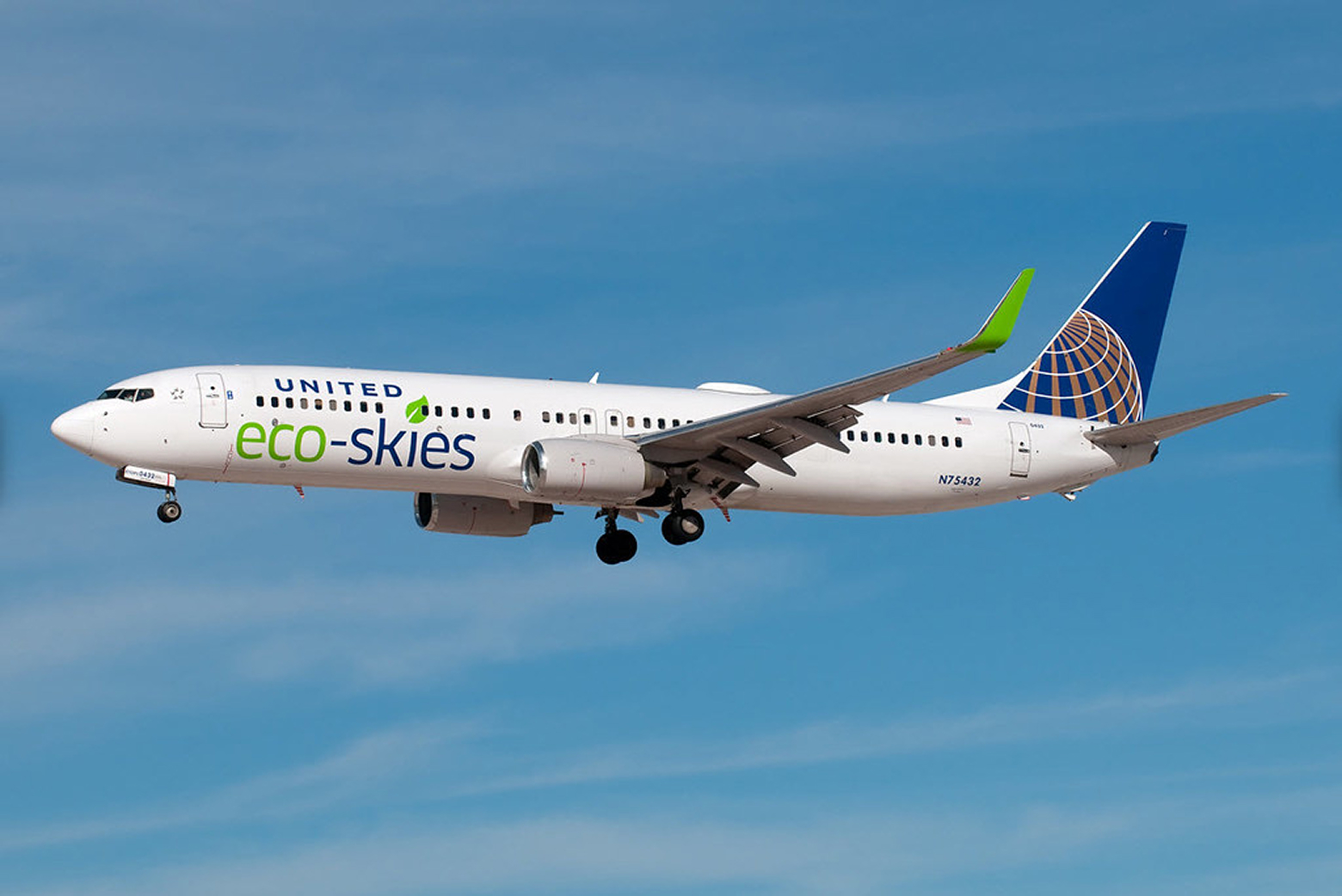Fuel costs have always been a significant factor in charter flight pricing. The introduction of Sustainable Aviation Fuel (SAF) adds a new layer of complexity, and we're often asked how it impacts the bottom line. Our goal isn't to over-promise on SAF but to provide a clear, realistic look at the numbers.
This week, we conclude our series on this topic. We started by exploring what SAF is and why it matters, then examined the different adoption realities for charter and commercial aviation. Now, let's break down the financials.
The Current Cost Reality of SAF
It's important to be direct: SAF remains significantly more expensive than conventional jet fuel. In 2025, SAF costs roughly 4.2 times more than its traditional counterpart. This increase often comes from compliance fees and supply chain logistics, not just production.
To put real numbers on it:
- Conventional Jet A-1: Around €0.95 per litre in Europe (as of Sept 2025).
- SAF Premium: An additional €1.90 to €3.80 per litre, depending on the blend and region.
For a two-hour charter flight on a light jet consuming 800 litres, the total fuel cost can increase from approximately €760 to between €912 and €1,064.
Why Regional Differences Are Crucial
Where you fly matters.
- European Markets: The EU's ReFuelEU regulation includes financial penalties for non-compliance, creating a complex cost-benefit scenario for operators.
- US Operations: In contrast, the U.S. offers tax credits like the Section 45Z credit of $1.75 per gallon, which can lower the net cost of SAF for flights departing from American airports.
- The Netherlands Advantage: Local SAF production near Schiphol reduces transportation costs, often resulting in more competitive pricing than in regions that rely on imported SAF.
Expert flight support services are essential for navigating these regional nuances to optimise fuel costs.
Fuel Costs by Aircraft Category
Fuel can represent anywhere from 25% to 60% of a charter's total operational cost, depending on the aircraft:
- Light Jets: These aircraft consume less fuel (100-150 gallons/hour), so the absolute cost increase from SAF is more manageable.
- Midsize Jets: Fuel typically accounts for 40-50% of the cost, making SAF a more significant budget item.
- Heavy Jets: With the highest fuel consumption (300-500 gallons/hour), these jets see the largest cost impact. However, their passengers are often corporate clients with specific ESG mandates who are prepared for the premium.
When Does Investing in SAF Make Sense?
Despite the high cost, there are strategic reasons to use SAF.
For many corporate clients, sustainability reporting is no longer optional. Detailed Scope 3 emissions data is a requirement, and using SAF is one of the few available tools to address this. With 64% of private aviation clients preferring operators with environmental programs, offering SAF options has become a competitive differentiator.
Furthermore, operational efficiencies achieved through charter, such as direct routing that reduces fuel burn by 15-25%, can help offset a portion of the SAF premium. This is especially true when using modern, fuel-efficient aircraft like the Airbus A330-900neo.
Budgeting Strategies for a Complex Market
Navigating SAF costs requires a transparent and flexible approach.
- Itemize Environmental Costs: Separating the "green premium" in quotes helps clients understand what they are paying for and makes the value of SAF tangible.
- Offer SAF as an Option: Not every client has the same priorities. Presenting SAF as an elective allows clients to balance their budget with their sustainability goals.
- Strategic Route and Airport Planning: Choosing airports with local SAF supply or more favourable pricing is a key part of cost management.
Frequently Asked Questions
How much more does SAF cost compared to regular jet fuel?
In 2025, SAF costs approximately 4.2 times more than conventional jet fuel. This can translate to a 20-40% increase in the fuel portion of a charter flight's cost, depending on the blend.
What percentage of a charter flight's cost is fuel?
Fuel generally represents 25-40% of the total cost for light jets, 40-50% for midsize jets, and can be up to 60% for heavy, long-range jets.
Are there financial incentives for using SAF?
Yes, but they vary by region. The U.S. offers a significant tax credit ($1.75/gallon), while in Europe, the primary financial incentive is avoiding the high penalties for non-compliance with mandates.
When does it make financial sense for a client to choose SAF?
It is most sensible for clients who have corporate ESG reporting requirements or operate in markets like the EU, where future non-compliance penalties are projected to be higher than the current cost of using SAF.
How can the costs of using SAF be minimised?
Costs can be managed through strategic airport selection to access better pricing, optimizing flight routes to reduce overall fuel burn, using partial SAF blends (e.g., 20-30%), and choosing more fuel-efficient aircraft.
The Cost Trajectory and Future Outlook
While SAF costs are expected to decline as production scales, prices will likely remain above conventional fuel for the foreseeable future. Government initiatives, like the EU's €100 million support fund, are designed to create price stability, but the market is still in its infancy.
A key development to watch is the monetisation of Scope 3 emissions credits. As Aviation Week reports, operators may soon be able to sell these credits to corporate travellers, helping to close the price gap between SAF and traditional jet fuel.
For now, the key takeaway is that SAF is part of a broader, more complex picture. It is a tool for meeting reporting requirements and demonstrating commitment, but it is not yet a simple, cost-effective replacement for conventional fuel.
Successful implementation balances the tangible benefits with the economic realities—a complex coordination best handled by experienced charter specialists.
For more insights into charter costs and operations, explore our comprehensive aircraft guides or contact our team to discuss how these factors impact your specific requirements.
Get in touch with any questions about your air charter needs



